The cardiovascular system consists of heart and blood vessels. Its function is to transport oxygen, nutrients, hormones, and cellular waste products throughout the body.
In the human body the blood circulates through two circulatory loops:
- pulmonary circulation loop,
- systemic circulation loop.
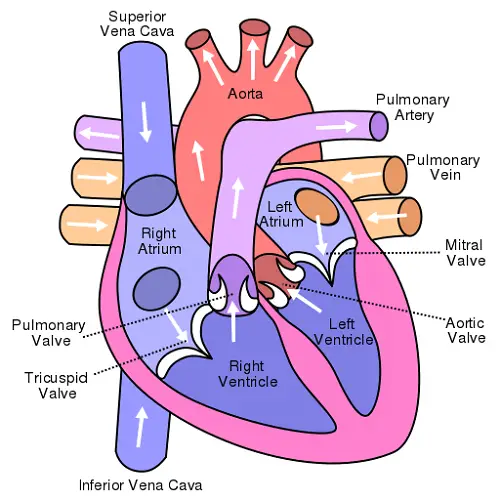
In general, the pulmonary circulation loop transports deoxygenated blood to the lungs, where the blood picks up oxygen, discharges carbon dioxide and returns to the heart. This loop is supported by the right atrium and right ventricle of the heart. Systemic circulation transports oxygenated blood from the heart to all tissues. It removes waste products from the tissues and transports deoxygenated blood to the heart. The pumping chambers of this loop are the left atrium and the left ventricle.
What is Pulmonary Artery?
The blood vessels that carry blood from the heart are called arteries. The pulmonary artery is the vessel, which carries the deoxygenated blood from the right ventricle to the lungs. It is the only artery that carries deoxygenated blood from the heart. The deoxygenated blood, carried from the pulmonary artery is rich in carbon dioxide and is dark-red in color. At the end of the pulmonary artery, there are valves that do not allow the blood to return to the heart.
The main pulmonary artery (pulmonary trunk) begins at the base of the heart’s right ventricle. It is wide and short (5 cm /2 in long), with diameter 3 cm /1.2 in.
It splits into:
- left main pulmonary artery,
- right main pulmonary artery.
The right and left main pulmonary arteries divide into branches, roughly corresponding to the lung lobes (lobar arteries).
What is Pulmonary Vein?
The blood vessels that carry blood to the heart are called veins. The pulmonary veins provide the oxygenated blood’s flow from the lungs to the heart’s left atrium. The oxygenated blood, carried by them is with brighter color than the blood, carried by the pulmonary artery.
The pulmonary veins are the only veins that carry oxygenated blood to the heart. The human pulmonary veins are four – two from each lung:
- right superior pulmonary vein – carries blood to the middle and right upper lobes,
- right inferior pulmonary vein – carries blood to the right lower lobe,
- left superior pulmonary vein – carries blood to the left upper lobe,
- left inferior pulmonary vein – carries blood to the left lower lobe.
Similarities Between Pulmonary Artery and Pulmonary Vein
The similarities between the pulmonary artery and the pulmonary vein are as follows:
- Pulmonary artery and the pulmonary vein are both blood vessels part of the pulmonary blood circulation loop.
- Pulmonary artery and pulmonary vein are carrying blood between the heart and the lungs.
- Pulmonary artery and the pulmonary vein are exceptions of the typical type of blood that arteries and veins transport (arteries carry oxygenated blood, veins – deoxygenated).
Difference Between Pulmonary Artery and Pulmonary Vein
1. Definition
Pulmonary artery: The pulmonary artery is a blood vessel, part of the pulmonary circulation loop, which transports the deoxygenated blood from the heart’s right ventricle to the lungs.
Pulmonary vein: The pulmonary vein is a blood vessel, part of the pulmonary circulation loop, that carries oxygenated blood from the lungs to the heart’s left atrium.
2. Oxygenated / deoxygenated blood
Pulmonary artery: The pulmonary artery carries dark-red deoxygenated blood.
Pulmonary vein: The pulmonary vein carries bright-red oxygenated blood.
3. Flow direction
Pulmonary artery: The pulmonary artery transports blood from the right ventricle to the lungs.
Pulmonary vein: The pulmonary vein transports blood from lungs to the heart’s left atrium.
4. Division
Pulmonary artery: The pulmonary artery splits into two branches, one for each lung.
Pulmonary vein: The pulmonary vein splits into four branches, two for each lung.
5. Wall
Pulmonary artery: The pulmonary artery has a relatively thick wall with elastic muscle layer.
Pulmonary vein: The muscle layer of the pulmonary vein’s wall is much thinner than this in the pulmonary artery.
6. Lumen
Pulmonary artery: The lumen is narrow, in order to assure high pressure and rapid flow of the blood.
Pulmonary vein: The lumen is wider than in the pulmonary arteries.
7. Blood pressure
Pulmonary artery: The heart pumps the blood into the pulmonary arteries at high pressure.
Pulmonary vein: In the pulmonary veins the blood pressure is lower than in pulmonary arteries.
8. Valves
Pulmonary artery: The pulmonary artery does not have valves – due to the high pressure they are not necessary.
Pulmonary vein: Valves guarantee that there will be no blood transport in the opposite direction (e.g. due to gravity).

Summary:
- The pulmonary artery is a vessel from the pulmonary circulation loop, which carries dark-red deoxygenated blood from the right ventricle of the heart to the lungs.
- The pulmonary vein is a vessel from the pulmonary circulation loop, which carries bright-red oxygenated blood from lungs to the heart’s left atrium.
- The pulmonary artery divides into two branches – one for each lung, while the pulmonary vein divides into four branches – two for each lung.
- Due to the high blood pressure, the pulmonary artery has a relatively thick wall with elastic muscle layer. The muscle layer of the pulmonary vein’s wall is much thinner than this in the pulmonary artery, due to the lower pressure of the blood in the veins.
- The lumen of the pulmonary artery is narrow, in order to assure high pressure and rapid flow of the blood. The lumen in the pulmonary veins is wider.
- Valves in the pulmonary vein guarantee that there will be no blood transport in the opposite direction (e.g. due to gravity). In the artery due to the high pressure valves are not necessary.
Author: Dr. Mariam Bozhilova
Dr. Mariam Bozhilova has a Master’s degree in Ecology and PhD in Botany. Her main professional interests are in the fields of ecology, biology and chemistry. She has more than 10 years of professional experience in scientific research and environmental consultancy.

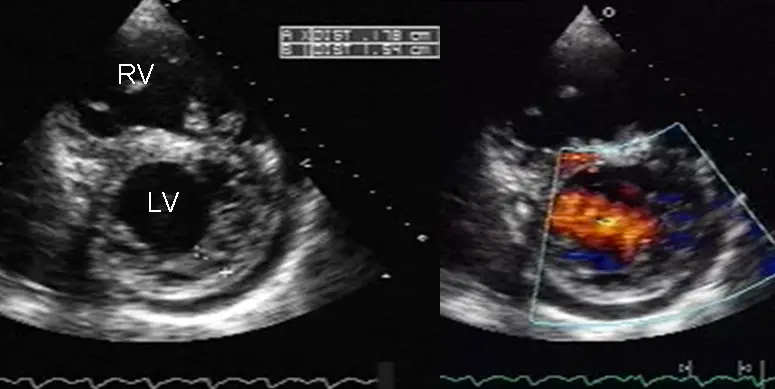
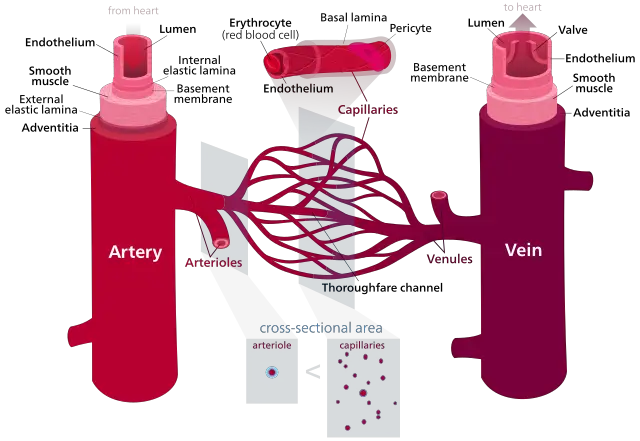

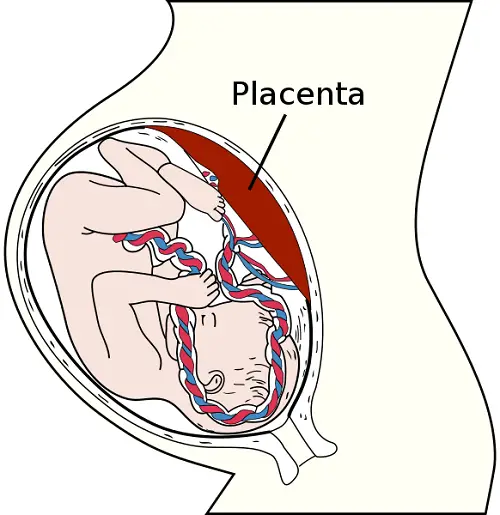
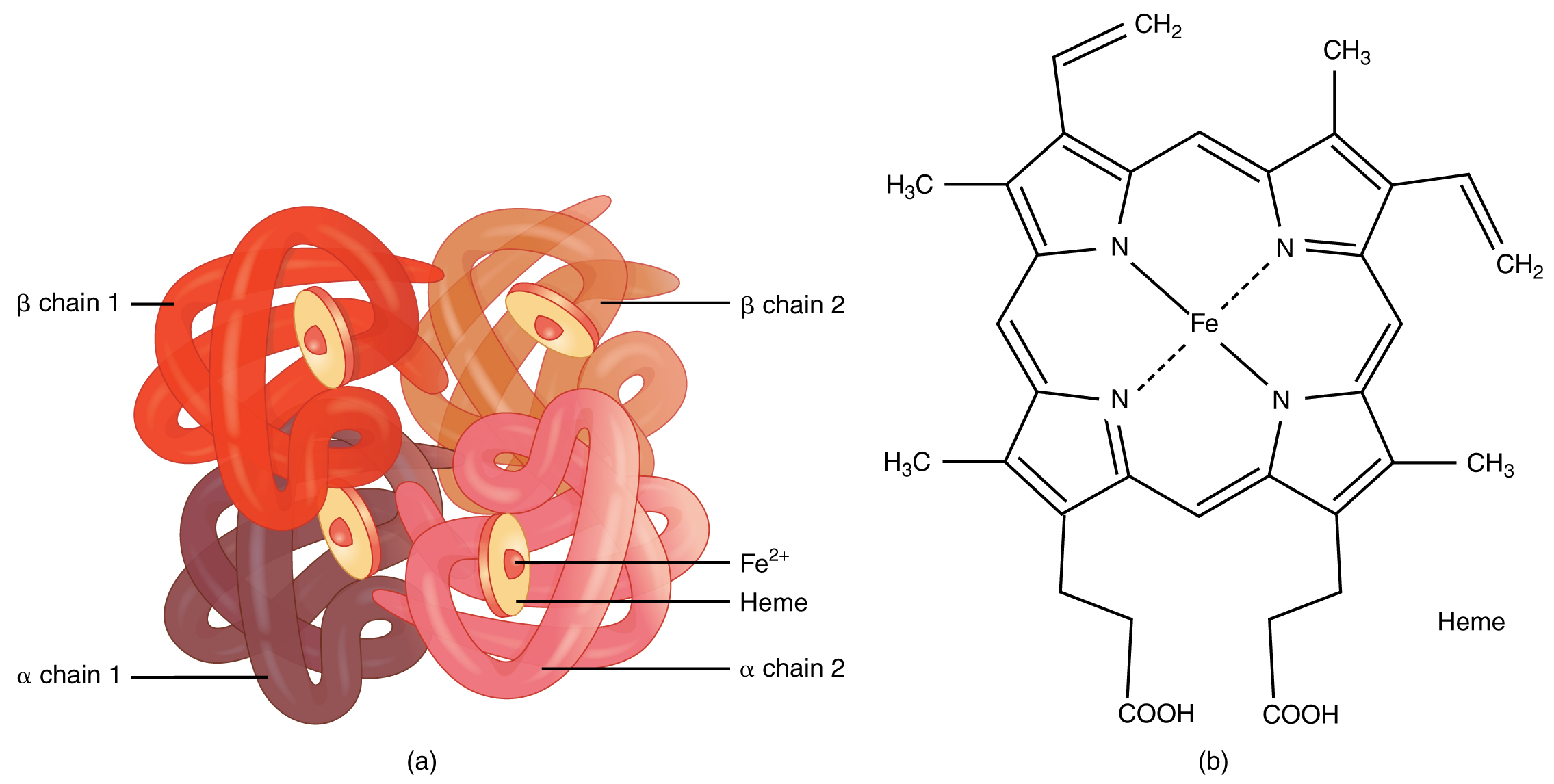
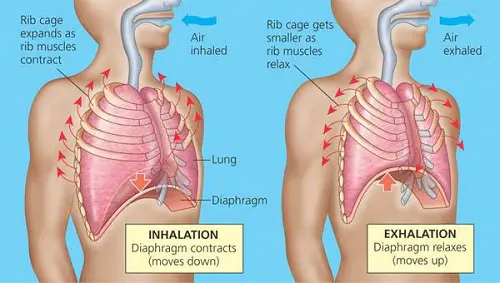





Leave a Reply